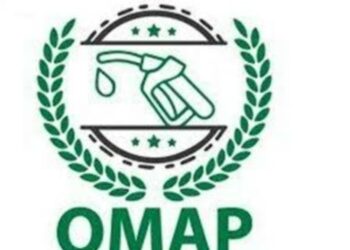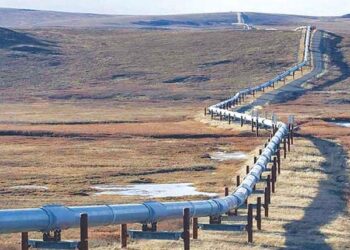ISLAMABAD: Pakistan’s hydrocarbon production fell to its lowest level in over two decades in FY25, with oil and gas output declining by 12% and 8% year-on-year (YoY), respectively. The drop was driven primarily by a surplus of re-gasified liquefied natural gas (RLNG) in the system, which led to a curtailment of domestic production.
According to Topline Securities, the decline intensified in the fourth quarter (4QFY25), with oil production falling 8% quarter-on-quarter (QoQ) and 15% YoY, while gas output slipped 7% QoQ and 10% YoY—highlighting the persistent strain on the sector’s performance.
The RLNG surplus grew further as captive power users increasingly shifted to the national electricity grid. Additionally, the government imposed an off-grid levy on captive gas consumption at a rate of Rs791/mmbtu, raising the total cost to Rs4,291/mmbtu—rendering gas-based power generation more expensive than grid electricity.
Oil production averaged 62,400 barrels per day (bpd) in FY25, with major producing fields—including Makori East, Nashpa, Maramzai, Pasakhi, and Mardankhel—reporting volume declines ranging from 3% to 46%. Notably, the Tal Block, which accounts for around 17% of Pakistan’s total oil output, recorded a steep 22% YoY production drop in 4QFY25. Within the block, Maramzai and Mardankhel saw YoY declines of 54% and 52%, respectively.
Gas production averaged 2,886 million cubic feet per day (mmcfd), with significant declines observed in key fields. Qadirpur and Nashpa recorded YoY output drops of 36% and 34%, respectively, during 4QFY25—largely due to supply curtailment by Sui gas companies.
The reduction in local hydrocarbon production has placed an estimated burden of over $1.2 billion on Pakistan’s foreign exchange reserves in FY25, as the country increasingly turned to imports to meet energy demand.
Looking ahead, Topline Securities forecasts a continued decline in hydrocarbon output in FY26. Current flows are estimated at 58,000–60,000 bpd of oil and 2,750–2,850 mmcfd of gas. However, there may be a turning point in March 2026, when the government is expected to renegotiate its RLNG pricing agreement with Qatar. If successful, this could create room for improved production volumes from domestic exploration and production (E&P) companies.
OMAP protests on Sindh Govt decision of Cess collection sans price adjustment
KARACHI : Oil Marketing Association of Pakistan (OMAP) has protested against Sindh Government's decision of Cess Collection without price adjustment....
Read more













